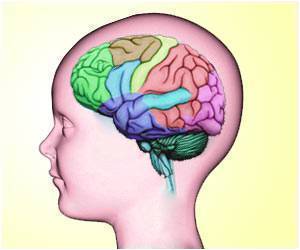Novel computer-aided backpack technology allows monitoring of the brain waves involved in navigation through space and tracks other social interactions.

‘Novel computer-aided backpack technology allows monitoring of the brain waves involved in navigation through space and tracks other social interactions. This opens the door to exploring the brain's functionality and various brain disorders.’





The patients were allowed to walk around an empty 330-square-foot room hunting for a hidden, two-foot spot.Each wall of the room was lined with a row of five coloured signs numbered 1 through 5, one color per wall. Through a ceiling-mounted speaker, a computerized voice asked the patient to walk to one of the signs. Once they arrived at the sign the voice then asked them to search for a two-foot in diameter spot hidden somewhere in the room. Meanwhile, the backpack recorded the patient's brain waves, paths through the room, and eye movements.
Unlike traditional brain monitoring systems where patients are restricted to a fixed position, this new technology has gained a breakthrough in studying brain activities as the patient moves freely.
It was interesting to note that the brain waves flowed in a distinct pattern suggesting that each individual's brain had mapped out the walls and other boundaries. Synchrony was noted among the waves of different individuals when they sat in the corner of the room and watched someone else walk around. This suggests that the waves were also used to track other people's movements.
"We were able to directly study for the first time how a person's brain navigates an actual physical space that is shared with others. Our results suggest that our brains may use a common code for knowing where we and others are in social settings", says Nanthia Suthana, PhD, an assistant professor of neurosurgery and psychiatry at the David Geffen School of Medicine at the University of California, Los Angeles (UCLA) and senior author.
Advertisement
Other factors that could aid in the navigation such as activity associated with a different eye, body, or head movements, were possibly ruled out.
The team has made this technology available fora wide varietyof projects ranging from mapping the neural circuits that controlwhat an octopus sees to helping people paralyzed by spinal cord injuries regain movements by upgrading computer programs that drive neural stimulation devices, thereby allowing to study more about the brain and their disorders.
Source-Medindia













